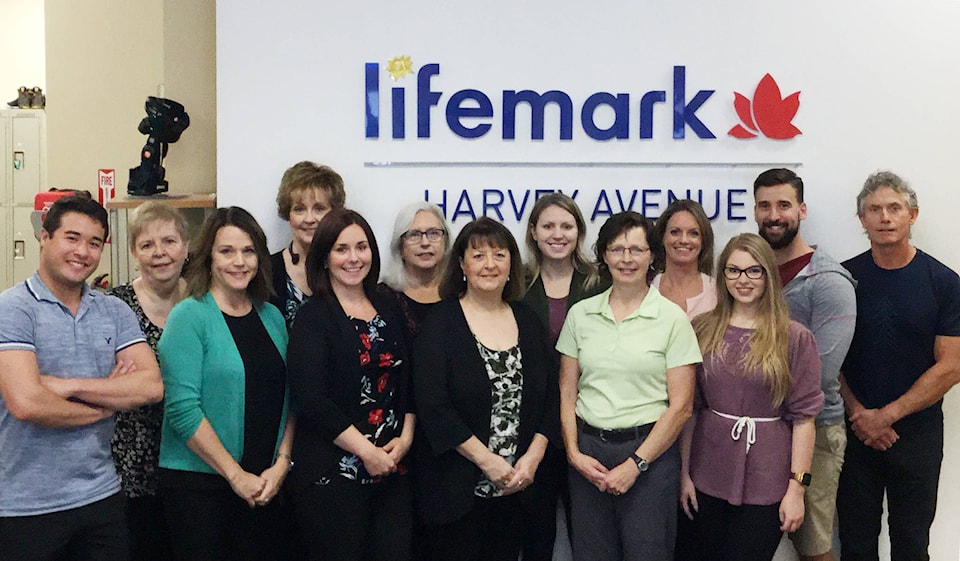Perhaps the spinning starts after rolling from one side to the other in bed. Or as you stand to clear the dinner dishes, dizziness has you reaching for table to steady yourself.
You’re not alone.
Some 1.5 million Canadians suffer from chronic vestibular damage. What does this mean? Orientation comes from a complex interaction between your vision, your vestibular system and your joint sensors. The inner ear’s vestibular apparatus senses head position and movement, and carries that information to the brain for processing. Because it also helps control balance and orientation, problems can create dizziness, vertigo, unsteadiness or visual issues, explains Kelowna Vestibular therapist and Physiotherapist Clarice Bower, with LifeMark Health.
The good news is that with a trained, experienced vestibular therapist, improvement is often at hand, no matter your age or how long you’ve been struggling.
“There is no question research shows that no matter what your age, you can improve your vestibular function,” Bower says, noting the rewards of treatment are significant. “When someone has been struggling to drive a car or get up in the morning, the improvements we can see are remarkable.”
The cause
Anything from a blow to the head to a medication reaction can cause vestibular problems. And sometimes they begin “out of the blue” with no diagnosable cause.
BPPV – or Benign Paroxysmal Positional Vertigo – is most common vestibular condition and the most common cause of vertigo, the sensation the world is spinning. It accounts for about half of all dizziness in seniors and is usually sparked by specific head movements such as rolling over in bed, getting into/out of bed or bending over, among others. Usually one side is worse than the other.
Viruses can also cause vestibular hypofunction, where one side reacts slower than the other, creating issues or imbalances, Bower says.
Finally, concussions are common causes of dizziness or balance issues. While many correctly associate concussions with brain injury, the neck and inner ear can also be affected, and both can contribute to ongoing dizziness and motion sensitivity.
Assessment & Treatment
The first step to vestibular wellness is a comprehensive assessment to identify the root cause and determine appropriate treatment. With positional vertigo, for example, the Epley Maneuver has proven extremely effective in providing relief, Bower says. In other cases, home exercises will condition the body to a new place of wellness. Most patients notice improvement quickly, especially when diligent with their home practice, helping them feel more confident and steady on their feet – vital for fall prevention.
Other assessment tools include infrared goggle technology to analyze eye movement to help determine the cause of dizziness or vertigo.
Learn more
In addition to the LifeMark Kelowna team, the Vestibular Disorders Association is an invaluable resource for both the public and professionals, who just marked Balance Awareness Week.
***
Canada’s Lifemark Health Group provides diversified services across the country, with more than 20 years of experience providing rehabilitation, medical assessments, seniors wellness and sport medicine programs.
